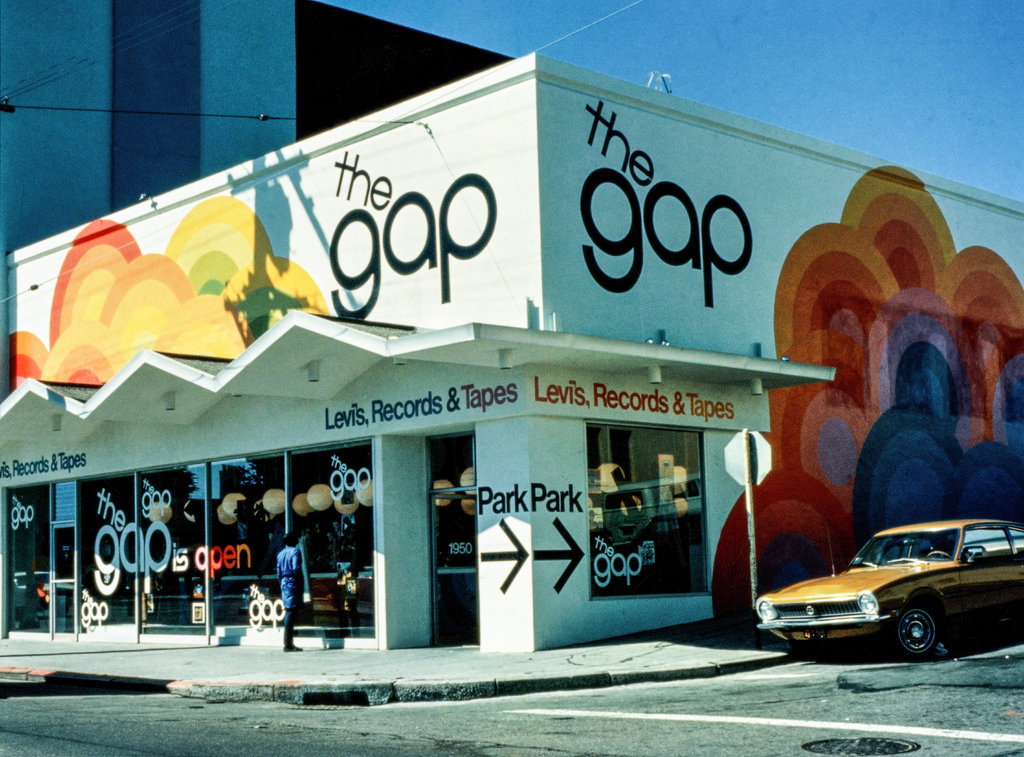Physical Address
304 North Cardinal St.
Dorchester Center, MA 02124
Physical Address
304 North Cardinal St.
Dorchester Center, MA 02124

Gap Inc., normally understood as Gap, is a family title in the fashion industry. This American merchant has developed from a single store in San Francisco to an international label with a powerful existence in around 40 countries. Let’s dive into the mesmerizing trip of Gap, studying its past, brand perspective, main landmarks, and its effect on the fashion globe.
Gap was established in 1969 by Donald and Doris Fisher in San Francisco, California. The motivation for the brand starts from Don Fisher’s frustration with seeing jeans that work correctly. Determinating a gap in the market, the Fishers unlocked a mart that delivered a broad spectrum of jeans and music, desiring to lure young clients. The actual concept was simple: “to make it easier to find a pair of jeans.”
The 1970s and 1980s were years of fast growth for Gap. The firm quickly spread new stores around the United States, concentrating on everyday wear for men, women, and children. By 1973, Gap had grown to 25 locations. The brand’s pure, traditional style echoed with a broad clients, enabling it develop into a staple of American style.
Gap’s essence has consistently been implanted in clarity and versatility. Throughout the decades, Gap has endorsed the concept of “normcore” fashion—an understated, minimalist fashion that prioritizes convenience and timeless charm. This system has permitted the brand to retain relevancy via altering fashion tendencies.
Gap’s promotion movements keep recreated an important part in determining its brand uniqueness. The “Individuals of Style” movement in the 1990s, showing stars like Madonna and Spike Lee, highlighted unique presentations via traditional Gap reports. The “Khakis Swing” movement, showcasing dancers in Gap khakis, also steeled the brand’s relationship with comfort and simple style.
Besides its healthy start, Gap encountered substantial challenges in the early 2000s. Growing competition from quick fashion merchants like H&M and Zara and internal strategic missteps led to declining sales and relevance. The brand struggled to attract younger customers and maintain its market position.
Gap has launched some technique changes to update its brand in reply to these competitions. This has editing store designs, welcoming e-commerce, and cooperating with creators and influencers to infiltrate new views into its exhibitions. These measures seek to grab the brand’s ideal position and demand a revived era of clients.
Gap’s growth in the United States started in the late 1980s and earlier 1990s, with the introduction of shops in Canada, the United Kingdom, and Japan. Gap works in around 40 countries today, getting its signature style to an international audience. This global existence highlights Gap’s impact in shaping international fashion trends.
Gap has even created efforts in consistency, in current years. The brand has been dedicated to utilizing more endurable textiles, decreasing water usage in processing, and enhancing labor needs in its store chain. These endeavors image a growing awareness of the atmospheric and sociable effects of style, aligning Gap with more comprehensive industry trends towards sustainability.
Gap is concentrating on digital changeover to remain competitive, as the retail geography persists to grow. These contains improving its online purchasing experience, leveraging data analytics for personalized marketing, and incorporating technology into its supply chain processes. Gap desires to satisfy the changing demands of modern buyers, by adopting digital invention.
While adapting to contemporary trends, Gap is also reinforcing its brand heritage. This involves celebrating its classic designs, such as the iconic denim and white tee combinations, while updating them for modern tastes. By balancing innovation with tradition, Gap seeks to maintain its legacy as a trusted and beloved fashion brand.
Gap’s travels from a simple jeans shop in San Francisco to an international fashion label is an example of its lasting charm and adaptability. Via its dedication to clarity, quality, and invention, Gap has guided the complexness of the fashion industry, constantly rebuilding itself to remain appropriate. As it looks to the future, Gap stays balanced to control the fashion globe for years to come, remaining loyal to its origins while welcoming the possibilities of the digital era.